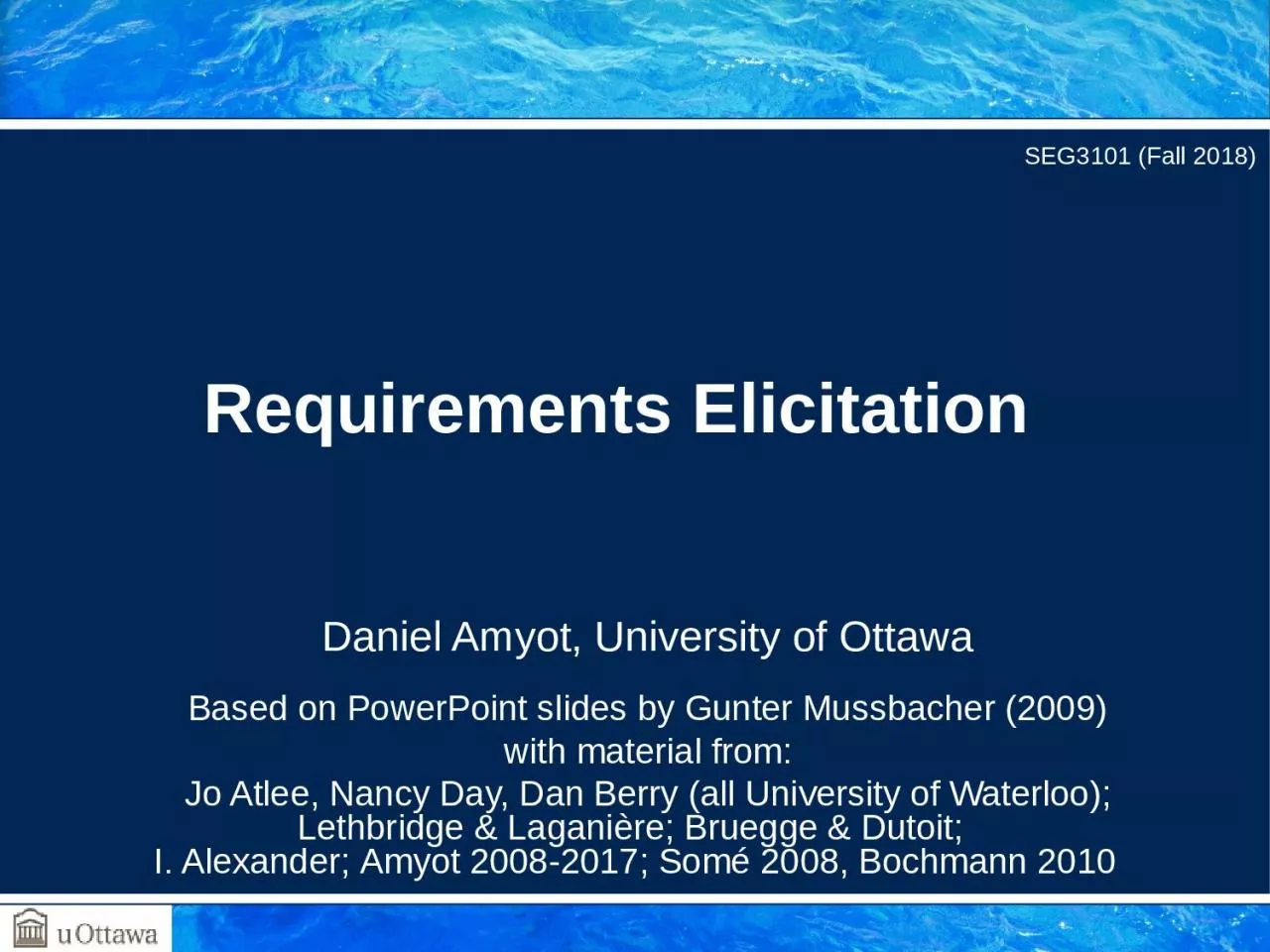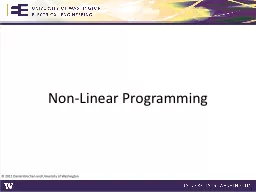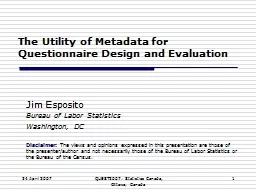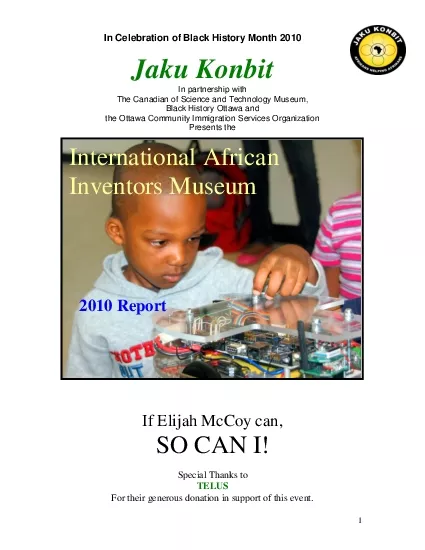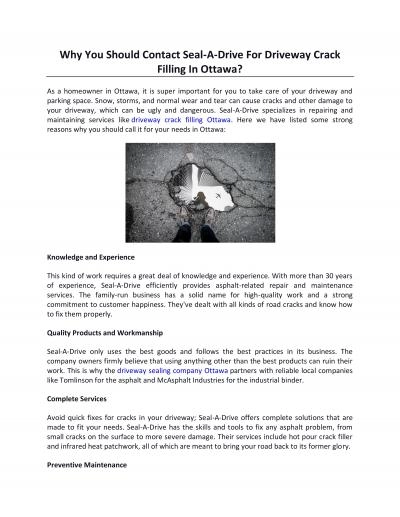PPT-Daniel Amyot, University of Ottawa
Author : susan | Published Date : 2023-08-30
Based on PowerPoint slides by Gunter Mussbacher 2009 with material from Jo Atlee Nancy Day Dan Berry all University of Waterloo Lethbridge amp Laganière Bruegge
Presentation Embed Code
Download Presentation
Download Presentation The PPT/PDF document "Daniel Amyot, University of Ottawa" is the property of its rightful owner. Permission is granted to download and print the materials on this website for personal, non-commercial use only, and to display it on your personal computer provided you do not modify the materials and that you retain all copyright notices contained in the materials. By downloading content from our website, you accept the terms of this agreement.
Daniel Amyot, University of Ottawa: Transcript
Download Rules Of Document
"Daniel Amyot, University of Ottawa"The content belongs to its owner. You may download and print it for personal use, without modification, and keep all copyright notices. By downloading, you agree to these terms.
Related Documents

